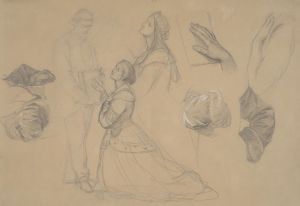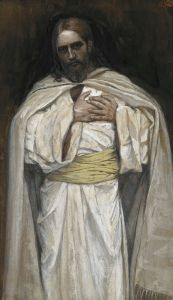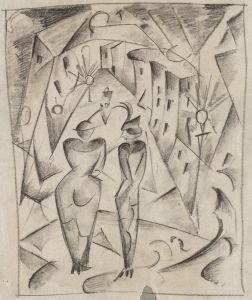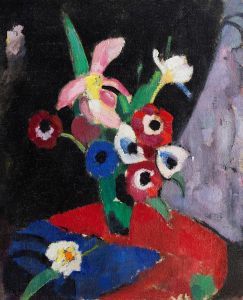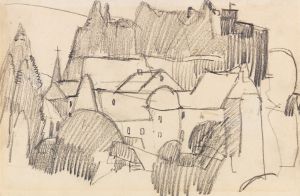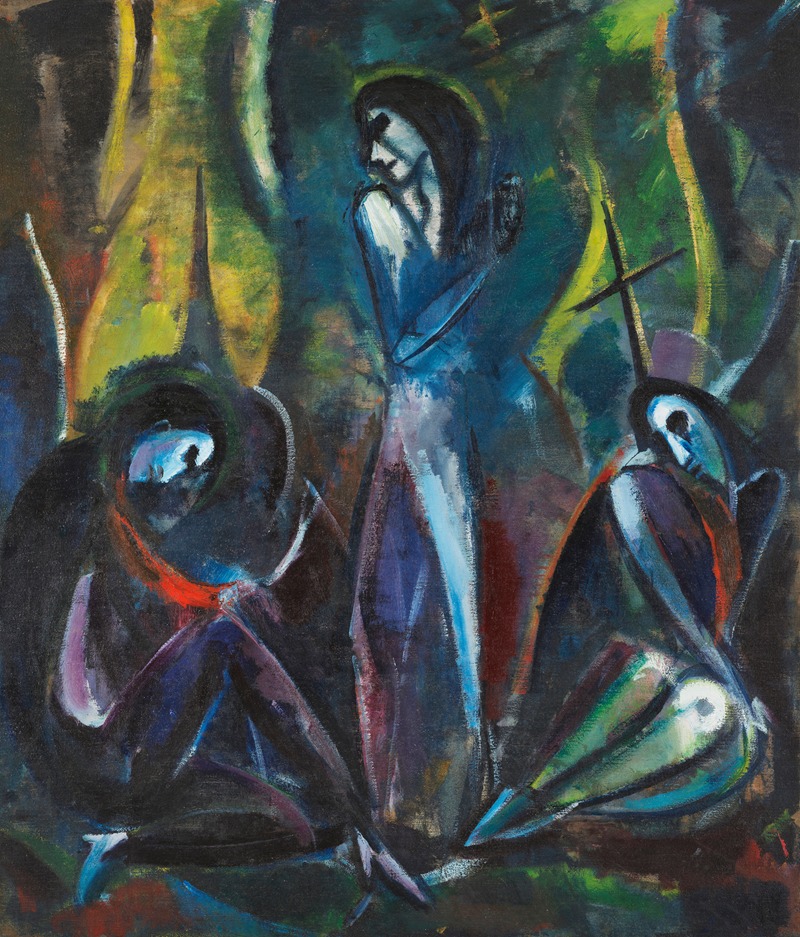
Auferstehung
A hand-painted replica of Hermann Stenner’s masterpiece Auferstehung, meticulously crafted by professional artists to capture the true essence of the original. Each piece is created with museum-quality canvas and rare mineral pigments, carefully painted by experienced artists with delicate brushstrokes and rich, layered colors to perfectly recreate the texture of the original artwork. Unlike machine-printed reproductions, this hand-painted version brings the painting to life, infused with the artist’s emotions and skill in every stroke. Whether for personal collection or home decoration, it instantly elevates the artistic atmosphere of any space.
Hermann Stenner (1891–1914) was a German Expressionist painter whose career was tragically cut short during World War I. Despite his brief life, Stenner produced a significant body of work that showcased his talent and potential as an artist. One of his notable works is "Auferstehung" (Resurrection), which reflects his engagement with religious and spiritual themes.
"Auferstehung" was created in 1913, during a period when Stenner was deeply influenced by the Expressionist movement and his studies under prominent artists such as Adolf Hölzel at the Stuttgart Academy of Fine Arts. The painting is a vivid example of Stenner's ability to combine bold colors, dynamic forms, and emotional intensity, hallmarks of Expressionism. It depicts the theme of resurrection, a subject often explored in Christian art, but Stenner approached it with a modernist sensibility, emphasizing abstraction and emotional resonance over traditional representation.
The composition of "Auferstehung" is characterized by its vibrant palette and fragmented forms, which convey a sense of spiritual transformation and renewal. Stenner's use of color and form reflects his interest in the expressive potential of art to evoke profound emotional and metaphysical experiences. The painting demonstrates his mastery of balancing abstraction with recognizable imagery, a skill he developed during his time with Hölzel, who encouraged his students to experiment with form and color theory.
"Auferstehung" is considered one of Stenner's most significant works, as it encapsulates his artistic vision and his ability to engage with complex themes in a visually compelling manner. Unfortunately, Stenner's promising career was cut short when he was killed in action during World War I at the age of 23. His early death meant that his body of work remained relatively small, but it has since been recognized for its importance in the context of early 20th-century German art.
Today, "Auferstehung" and other works by Hermann Stenner are held in various collections, including the Hermann-Stenner-Haus in Bielefeld, Germany, which is dedicated to preserving and promoting his legacy. The painting continues to be studied and appreciated for its contribution to the Expressionist movement and its exploration of spiritual and existential themes.






